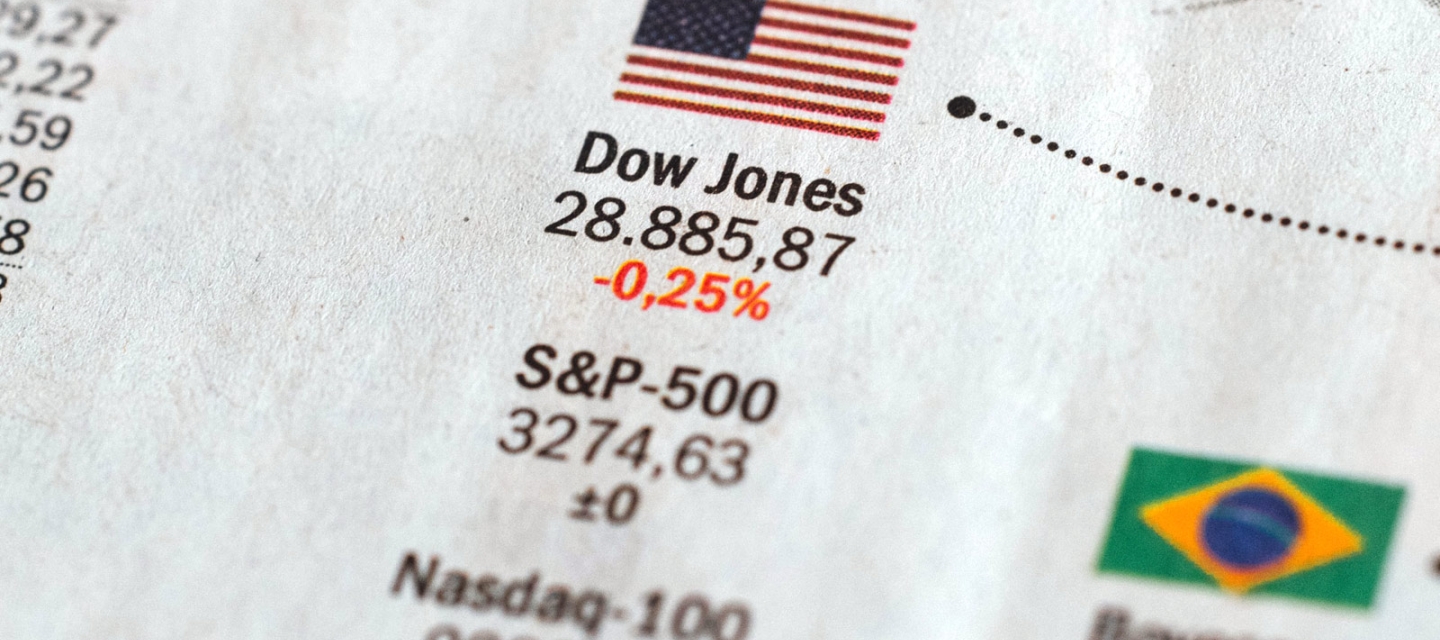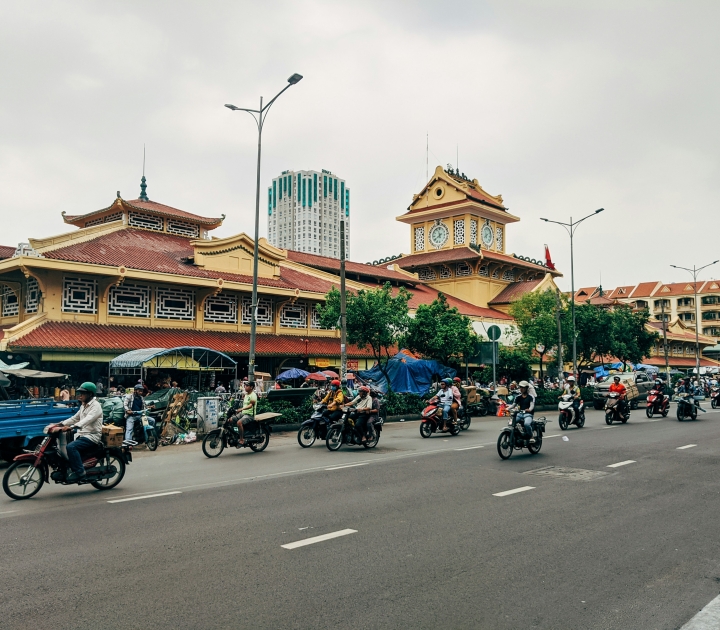
About Applied Economics
A master of arts in applied economics teaches you how to apply theories to real-world situations. With this degree, you will possess the tools necessary to conduct economic analysis and to work on economic policy teams, among other positions.
Graduates have multiple paths open to them in both traditional economics positions, such as financial analyst or economic forecaster, as well as positions with public policy institutions and institutions of higher learning. You also can find higher-level jobs in such industries as mortgage banking, accounting, insurance, and marketing. In recent years, recent graduates have also used found jobs working in data science in multiple industries.
Degree Information
Buffalo State’s 30-credit master of arts program in applied economics integrates real-world applications with the latest theory and enhances opportunities for graduates in a broad range of occupations and institutions.
Students have the choice of following two tracks within the program: economic policy analysis and financial economics.
In the finance track, students prepare to work for banks and finance departments in business or government.
In the policy track, students focus on economic policies that they would use in positions with governments, non-profit organizations, institutions of higher learning, and think tanks.
The program appeals to students due to its focus on a diverse mix of ideologies — Post Keynesian, Marxist, institutionalist and neoclassical — which improves students' critical understanding of economic theory and applications.
Graduates have multiple paths open to them in both traditional economics positions, such as financial analyst or economic forecaster, as well as positions within public policy- and higher learning-institutions. You also can find higher-level jobs in such industries as mortgage banking, accounting, insurance, and marketing. Recent graduates have also found positions working in data science industries.
Evening Study
Classes are held entirely in the evening, making the program convenient for working professionals.
Further Study
Our master’s degree prepares students to enter doctoral programs or law schools. Other students have used the knowledge they acquired in our program to take the Chartered Financial Analyst (CFA) exam.
Rigorous Instruction
Half of the courses in the program are 600-level and include such choices as History of Economic Thought, Risk Management, and Labor Economics.
Small Class Size
Most classes in the graduate program have fewer than 15 students, which allows for close interaction between faculty and students.
Stellar Faculty
Our award-winning faculty provide a broad range of economic views and are well-regarded in the field.
Advanced Technology
Students are educated in the use of a broad range of software used for academic research and by government and business.


